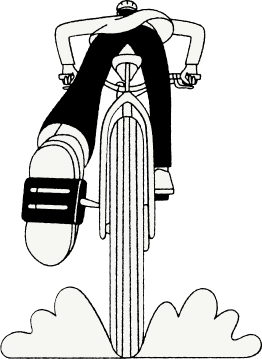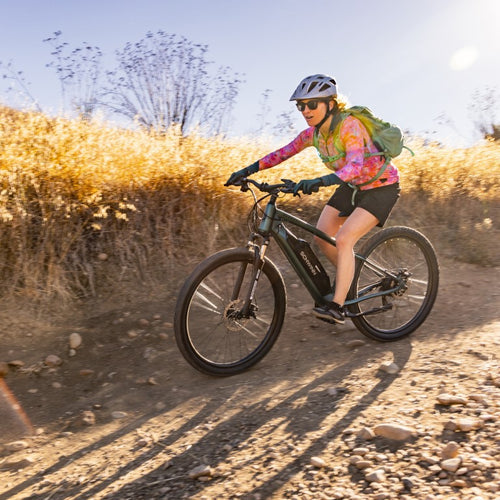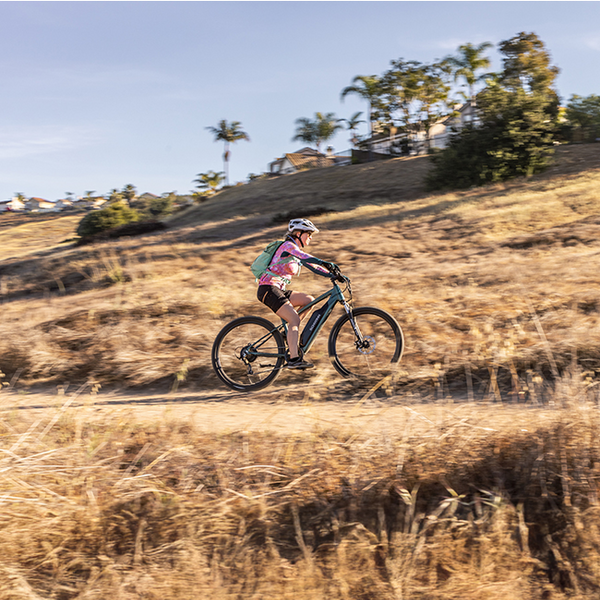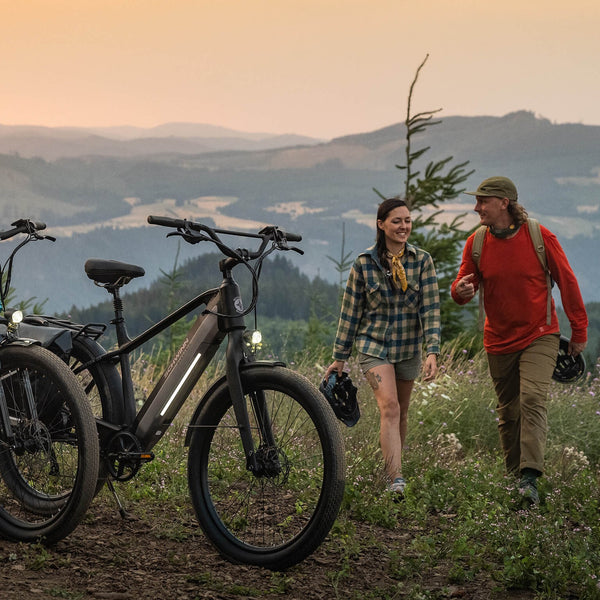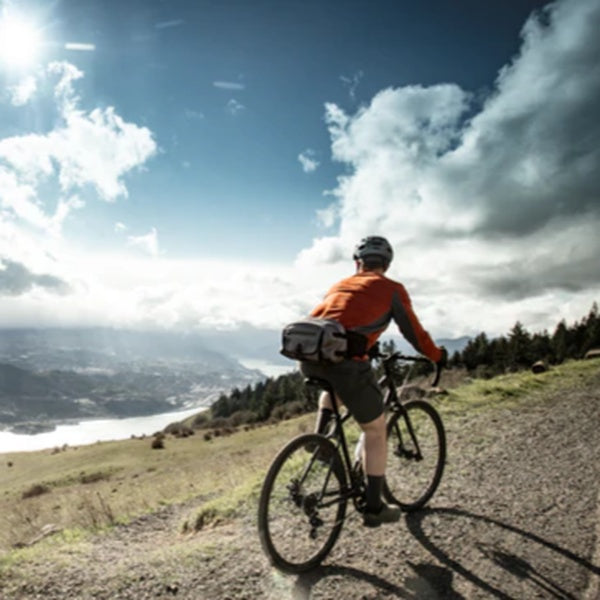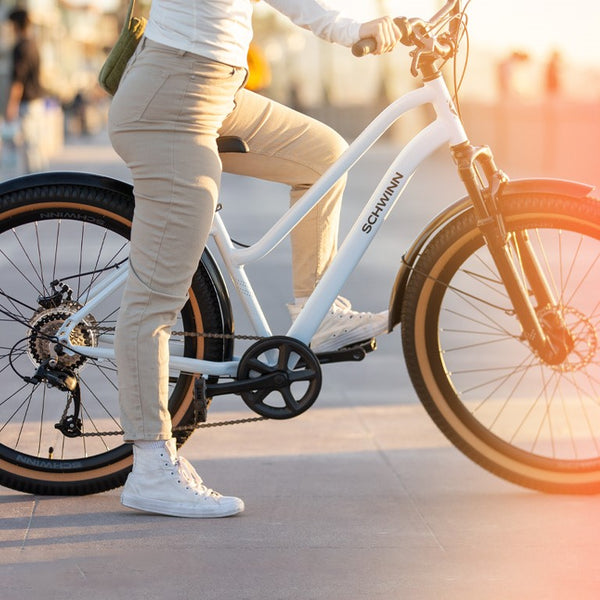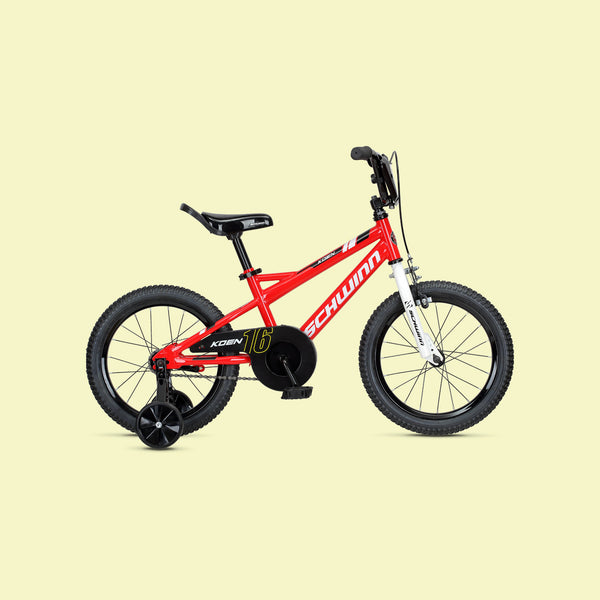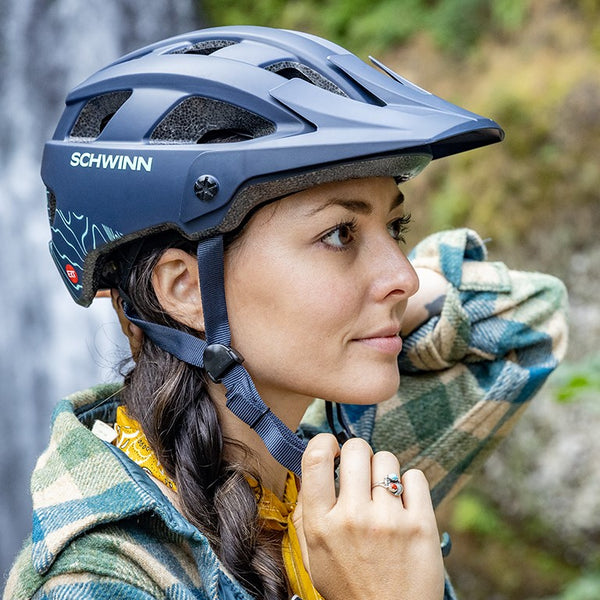Preparing your bike for the winter is just as important as preparing yourself. Winterizing your bikes and practicing proper maintenance will help your bike last longer and provide a safer ride in the cold months.
Winterizing Your Bike
Mountain bikes, hybrids, and single-speed bikes are often the preferred types of bikes for winter riding, but there are some changes you can make to have them even better suited for cold-weather riding.
Tires
It’s also a good idea to reduce your tires' air pressure. Deflating tires slightly in the winter allows more of the tire’s surface area to be in contact with the road, creating greater traction. The deeper the snow, the less pressure you want in your tires, but make sure to stay within the tire’s recommended pressure range. This is located on the sidewall of the tire.

Studded Tires: Some winter riders will exchange their normal tires for a pair of studded tires that provide excellent traction on ice.
Wide Tires: Another great option is to use wide tires. The larger surface area increases traction on snowy or slushy terrain.
Fenders
If you want to stay dry and slush-free this season, fenders are a must. Fenders or mudguards are designed to protect you and the drivetrain from road debris, making your winter experience much more enjoyable. However, snow can also build up within the fenders and slow you down if they aren't cleaned out.
Pedals
If you ride with clipless pedals or toe straps during the summer, you may want to consider swapping them out for platform pedals. These will work well with boots and are safer if you need to put a foot down.
Lights
Visibility becomes more difficult since the sun rises later and sets earlier in the winter. Proper front and rear lights are essential to safe biking any time of year, but especially in these darker months.
Tune it Up
If you are uncertain that your bike is ready for winter, bring it into a local bike shop for a tune-up before you ride. The months of riding in snow, salt, sand, and all the other nasty stuff that gets put on the road during winter will take its toll on the bike's parts, so it is better to be prepared before you start riding.
Keep it Clean
Cleaning your hybrid, single-speed, or mountain bike after each use will dramatically reduce the amount of wear and tear that your bike will endure in the winter. Wiping the bike and chain dry after each use is also crucial.
It is important to clean and lubricate the chain, derailleurs and cassette/freewheel regularly. This will decrease corrosion and wear on the gears while also extending the drivetrain's life.
Now You're Ready!
Making sure your bike is properly maintained is important throughout the entire year, but it is even more critical for winter riding. A well-maintained and winterized bike will provide an excellent and safe experience for any cold-weather rider!
For additional tips, see our article What to Wear When Biking in the Winter.
